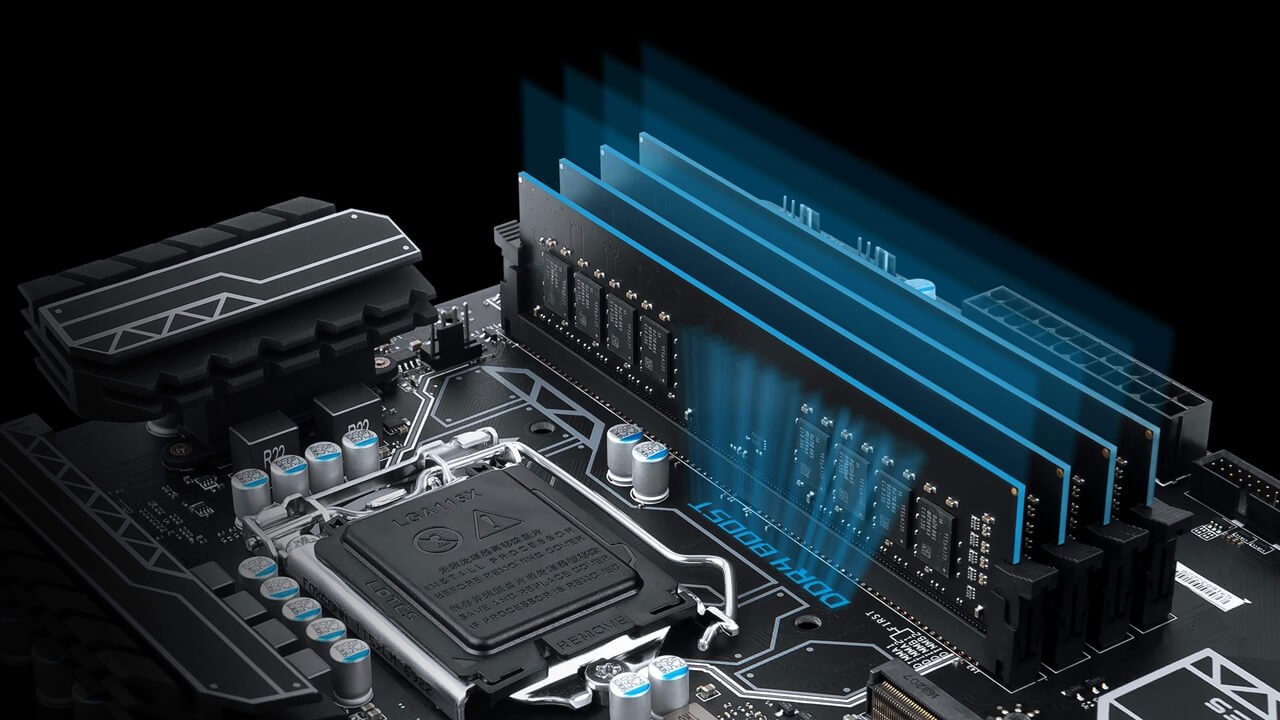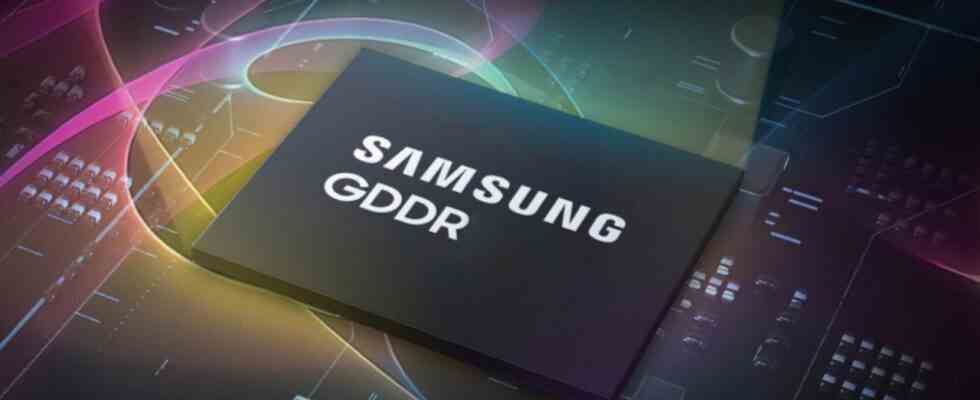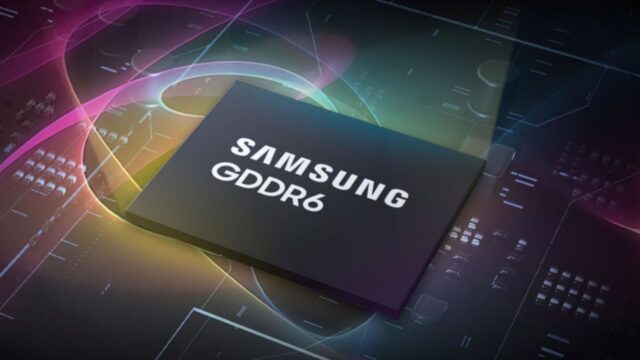Samsung introduced GDDR6 DRAM technology, which can offer high bandwidth, last year. The system, which is the first memory with a processing speed of 24 Gbps in the industry, stood out with its high memory speed and was quite assertive about performance. Samsung is now taking this one step further.
Samsung started sharing details of new GDDR7 technology
Working on the new generation GDDR7 memory, Samsung is taking important steps in terms of speed and performance. The details of the system, which is advancing nicely to double the bandwidth and density compared to the current GDDR6, have also started to become clear.
Detailing the memory technologies that will be introduced soon, Samsung announced that GDDR7 uses the PAM3 signal. While ones and zeros are stored in DRAM memory cells, they are transmitted between devices in electrical waveforms known as “signals.” The ones and zeros are interpreted by patterns in the signal waveform, making them meaningful.
Traditional GDDR6 memory would use NRZ (non-zero return) or PAM2 signaling to achieve data rates starting at 14 Gbps. Expected to be the fastest mass-produced GDDR6 memory at 24 Gbps, the system didn’t see the production line fast enough. NVIDIA and Micron Technology instead introduced the GDDR6X standard, which makes use of the PAM4 signal. These memories can offer speeds between 18 and 23 Gbps.
Traditional NRZ signaling provides a transmission rate of 1 bit per cycle, while PAM4 provides 2 bits per cycle. PAM3 increases this figure to 3 bits per cycle by using a more advanced waveform with much more “eyes”. Samsung states that PAM3 is 25% more efficient than NRZ signaling and GDDR7 will be 25% more energy efficient. PAM3 signaling will also be used by the 80Gbps per-direction Thunderbolt 4 standard and upcoming USB4.

If we move on to the performance of the new memory; Samsung shows a speed of 36 Gb/s. This will double DDR6 in terms of GDDR7 data rate, just like between GDDR6 and GDDR5. A typical GPU with a 256-bit memory bus can achieve 1152GB/s memory bandwidth using 36Gbps rated GDDR7 memory. High-end GPUs with 384-bit memory interfaces can reach speeds of up to 1728 GB/s.
What do you think about Samsung’s GDDR7 technology? You can share your views with us in the comments section.

